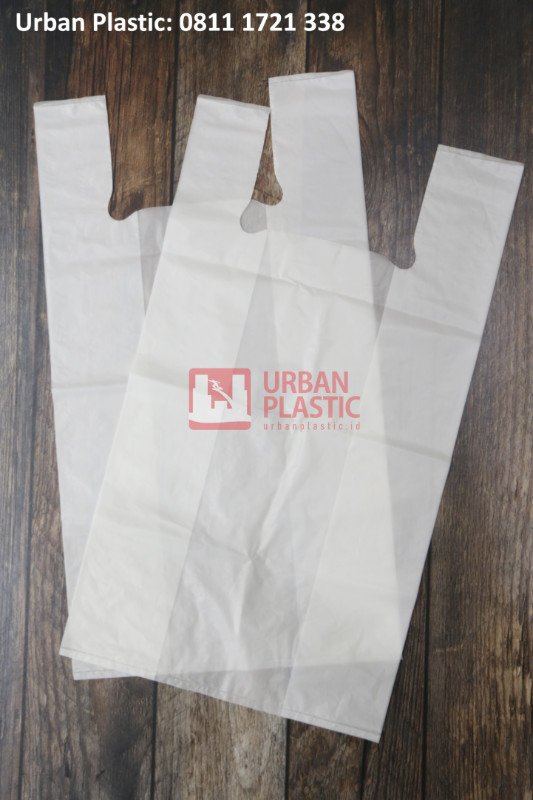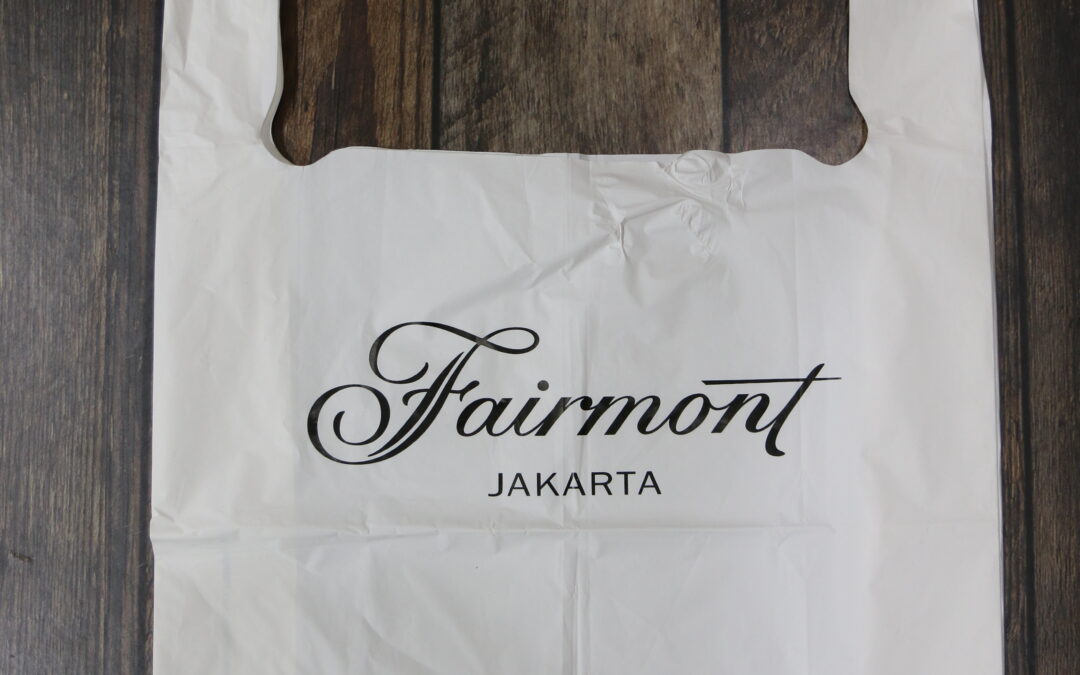The rising popularity of cassava bags Indonesia as a sustainable alternative to traditional plastic bags has created a growing market for this eco-friendly packaging solution. However, various factors can influence the availability and pricing of cassava bags for sale.
In this article, we will delve into the essential factors that affect the availability and pricing of this product. It helps you to understand the dynamics of this eco-conscious market.


Cassava Bags Indonesia
This product offers an eco-friendly alternative to traditional plastic bags, contributing to a cleaner and greener environment. The accessibility and pricing of the item are influenced by a combination of factors, including production costs, economies of scale, market demand, customization, geographical location, regulatory environment, and supply chain efficiency.
1. Market Demand
One of the primary factors affecting the pricing of cassava bags Indonesia is market demand. As consumer awareness of environmental issues and sustainable living grows, the demand for eco-friendly products has surged. High demand can lead to increased availability but may also affect pricing, especially in times of peak demand.
2. Production Capacity
The production capacity of this item plays a significant role in determining its accessibility. Manufacturers who have invested in efficient production processes and technology can meet higher demand and ensure a steady supply of this product. Understanding the production capacity of suppliers is crucial for businesses looking to source the item in large quantities.
3. Raw Material Availability
Cassava bags Indonesia are primarily made from cassava starch, and the availability of cassava crops can impact production. Factors such as weather conditions, agricultural practices, and regional supply can influence raw material availability. It’s essential for manufacturers to have a reliable and consistent supply of cassava to meet the market’s demands.
4. Customization Options
The level of customization can impact both accessibility and pricing. The product can be tailored to different sizes, thicknesses, and designs. The more intricate the customization, the longer it may take to produce, potentially affecting availability. Customization can also lead to variations in pricing, with personalized designs and features often costing more.
5. Supply Chain and Distribution
Efficient supply chains and distribution networks can ensure a steady and affordable supply of this product. Factors like transportation costs and logistics can affect pricing and availability, especially in remote or underserved areas.
6. Geographical Location
The accessibility of cassava bags Indonesia can vary by location. Areas with a strong focus on sustainability and eco-conscious practices are more likely to have a wider range of options available. Access to suppliers may be limited in regions where environmental awareness is not as prevalent.
7. Regulatory Environment
Government regulations and incentives can impact both products. In regions where there are strict regulations against single-use plastics, the demand for this product is higher, potentially leading to more competitive prices. Conversely, regions with lax regulations may have limited accessibility and higher prices.
Understanding these factors can help both consumers and businesses make informed decisions when it comes to purchasing and adopting this product. By supporting sustainable alternatives and considering the variables that affect the availability and pricing of cassava bags Indonesia, we can collectively work toward a more environmentally responsible and cost-effective future.
For more information about cassava bags please contact: Whatsapp/Mobile Phone: +62 822 9933 3938 (Ms. Panni) or Email : info@urbanplastic.id.

